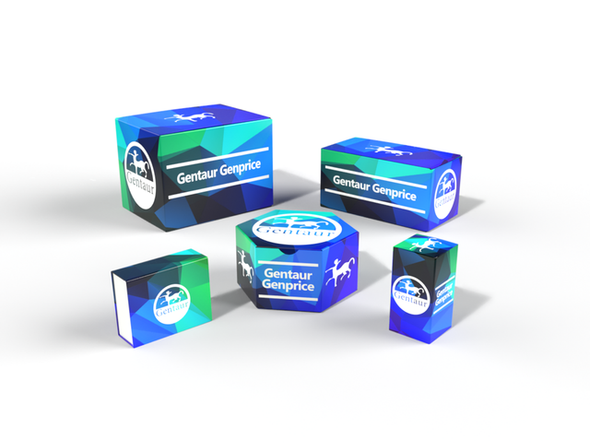BW
NMDAR2B (Phospho-Tyr1336) polyclonal Antibody | BS65150
- SKU:
- BW-BS65150
- Availability:
- Usually ships in 5 working days
Description
NMDAR2B (Phospho-Tyr1336) polyclonal Antibody | BS65150 | Gentaur UK, US & Europe Distribution
Host: Rabbit
Reactivity: Human,Mouse,Rat
Application: WB,IHC-p,IF (paraffin section),ELISA
Application Range: Western Blot: 1/500 - 1/2000. Immunohistochemistry: 1/100 - 1/300. ELISA: 1/10000. Not yet tested in other applications.
Background: glutamate ionotropic receptor NMDA type subunit 2B (GRIN2B) Homo sapiens N-methyl-D-aspartate (NMDA) receptors are a class of ionotropic glutamate receptors. NMDA receptor channel has been shown to be involved in long-term potentiation, an activity-dependent increase in the efficiency of synaptic transmission thought to underlie certain kinds of memory and learning. NMDA receptor channels are heteromers composed of three different subunits: NR1 (GRIN1), NR2 (GRIN2A, GRIN2B, GRIN2C, or GRIN2D) and NR3 (GRIN3A or GRIN3B) . The NR2 subunit acts as the agonist binding site for glutamate. This receptor is the predominant excitatory neurotransmitter receptor in the mammalian brain. [provided by RefSeq, Jul 2008],
Storage & Stability: Store at 4°C short term. Aliquot and store at -20°C long term. Avoid freeze-thaw cycles.
Specificity: Phospho-NMDAε2 (Y1336) Polyclonal Antibody detects endogenous levels of NMDAε2 protein only when phosphorylated at Y1336.
Molecular Weight: ~ 150 kDa
Note: For research use only, not for use in diagnostic procedure.
Alternative Names: GRIN2B; NMDAR2B; Glutamate [NMDA] receptor subunit epsilon-2; N-methyl D-aspartate receptor subtype 2B; NMDAR2B; NR2B; N-methyl-D-aspartate receptor subunit 3; NR3; hNR3
Immunogen: The antiserum was produced against synthesized peptide derived from human NMDAR2B around the phosphorylation site of Tyr1336. AA range:1302-1351
Conjugate: Unconjugated
Modification: Phosphorylation
Purification & Purity: The Antibody was affinity-purified from rabbit antiserum by affinity-chromatography using epitope-specific immunogen.
Pathway:






